Best Guitar Pedal Order: How to set up your Effects Chain
Have you ever wondered about the best guitar pedal order? When you connect several effect pedals together, their sequence directly affects the sound that comes out of your amp. If you want to get the most out of your setup, there are a few rules to follow when it comes to the order and placement of your guitar effects. Read our tutorial to find the best guitar pedal order for your setup!
Due to the ways in which the different types of pedals affect the signal, there is a certain basic structure that tends to work best. Of course, nothing is set in stone and certain pedals like equalizers, for example, can be used in different positions to serve various purposes. In this tutorial, we’ll show you a few standard setups for different applications, and we’ll share plenty of tips and tricks for the best guitar pedal order.
Basic Rules of Thumb for the Best Guitar Pedal Order
When putting together a pedalboard, there are a few basic concepts you should keep in mind.
- Pitch-shifting effects are best placed after the distortion unit unless they are special effects like a Whammy pedal.
- The noise gate can be placed either before or after the distortion block, depending on the noise characteristics of the distortion pedal and the desired effect.
- The same goes for the equalizer and wah pedal, both of which can perform different tasks depending on their placement.
- When a volume pedal is placed at the beginning of the effect chain, it determines the input level and thus also the amount of distortion. At the end of the chain, however, it controls the overall volume.
- To achieve the cleanest possible signal for tuning, it makes sense to place the tuner at the beginning of the effects chain.
- Modulation, reverb, and delay effects are usually placed at the end of the chain but can also offer interesting possibilities when placed before a preamp or distortion unit. In fact, this was common practice in the past due to the lack of loop-in paths.
Before we get into a more detailed explanation, here are the two basic setups we’ll be looking at.
NOTE: The following two pictures are very important for understanding the setups presented in this tutorial, because I’ll refer to the positions of the effects in the chain by the numbers in the pictures!
Pitch-shifting Effects
I use pitch effects in two positions in my signal chain. While something like a Whammy pedal makes most sense near the beginning of the chain, a harmonizer, which creates polyphonic sounds, is best put after the distortion unit. The Octaver is a different beast and its optimal placement varies depending on the specific pedal and what you want to achieve with it. Most like to use it at the beginning of the chain (2), but it can also make sense to place it after the distortion (7). Try it out!

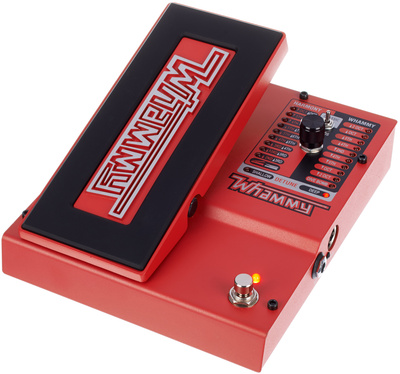

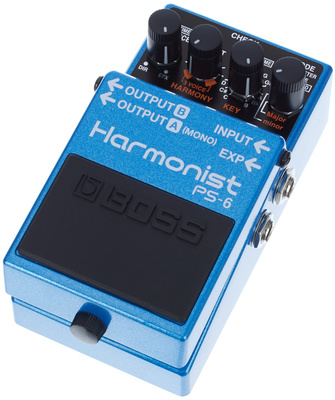

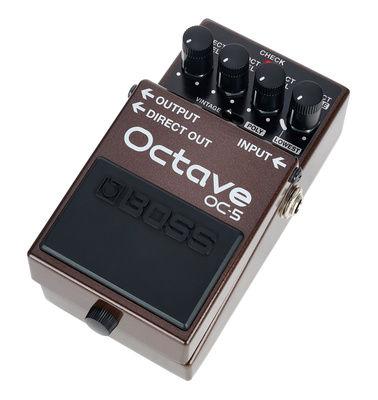
Best Guitar Pedal Order: Noise Gate
I deliberately didn’t include a noise gate in the standard setups shown above, as it isn’t really an effect. However, there are two options for positioning it in the chain if you decide to use one.
Pre Distortion Noise Gate
On the one hand, you could place the gate right at the beginning before the wah pedal (1). This way, the gate reacts directly to the pure input signal coming from the guitar. When the guitar is played, the gate is open; if no input signal is present, it is closed.
Post Distortion Noise Gate
However, one of the problems that a noise gate can help solve is a noisy distortion pedal. A lot of noise can build up over the course of a signal chain. Overdrive, compressors, and the amp’s preamp are some of the major culprits when it comes to noise. That’s why many guitarists prefer to insert the gate post-distortion, either after the distortion pedals (5) or after the preamp (5a).
For this purpose, some noise gates offer two separate circuits (e.g. ISP Decimator II, ISP Decimator Rack). These allow you to place one gate at the beginning and the other one after the distortion. Under no circumstances should a noise gate be placed at the very end of the chain because all it would do there is cut off your reverb or delay tails. In any case, the noise gate should always be placed before any delay or reverb pedals you might have.

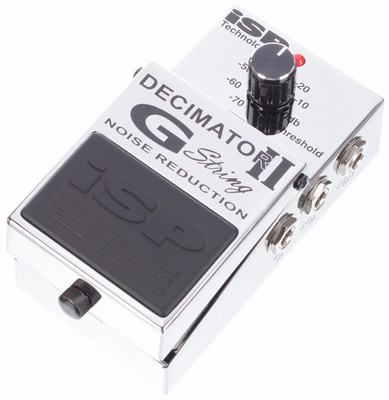
Where to put the EQ in a Guitar Effects Chain
For the equalizer, you’ve also got two main positions in the chain to choose from. And again, it’s a matter of inserting it before or after the distortion, as this affects the sound in two fundamentally different ways. Some guitarists like to use both to their advantage and use two EQs simultaneously.
Pre Distortion EQ
If you put the EQ before the distortion pedal, it affects the behavior of the distortion. This makes sense because it’s the equalizer’s job to raise or lower the level in certain frequency ranges. If you use the EQ to boost frequencies, the preamp or the overdrive/distortion that follows it receives a hotter signal and thus produces heavier distortion. For pre-distortion EQ, boosting frequencies usually produces better results than cutting them.
Post Distortion EQ
In this position (6), the EQ has no effect on the amount of distortion. Instead, you can use it to shape the sound that comes out of your distortion pedal. For example, if you want to create a mid-scoop sound with a high level of distortion, you should definitely insert the EQ after the distortion unit. A pre-distortion mid-scoop EQ would effectively reduce the amount of distortion – and that’s usually not what we want.

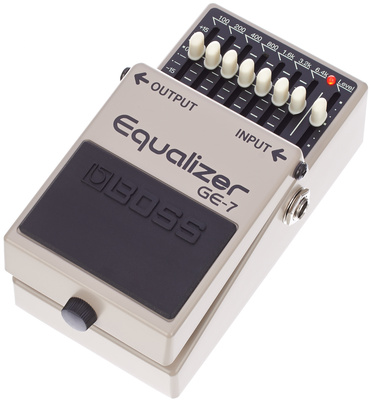

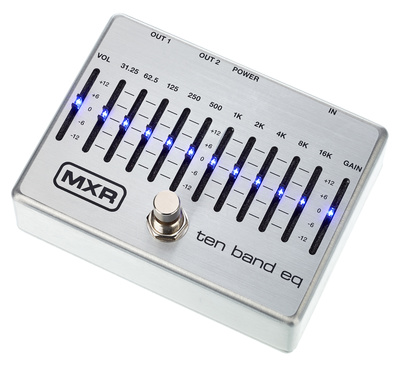
Best Guitar Pedal Order: Volume Pedal
I have chosen not to include the volume pedal in the guitar pedal order examples above. Strictly speaking, it isn’t an effect, and again, there are several options to choose from, depending on what you want to achieve.
Pre Distortion Volume Pedal
When placed before the distortion unit, a volume pedal affects the distortion behavior. In this position, it essentially works like the volume knob on the guitar, which allows you to reduce the amount of distortion by turning it down. If you want to do this with your foot, you should insert the volume pedal before the overdrive/distortion pedal (5) or preamp (5a).
Post Distortion Volume Pedal
Inserting the volume pedal after the distortion gives you a bit more flexibility. The pedal now acts as a master volume control. It has no effect on the amount of distortion and allows for the natural decay of delay or reverb tails. The advantage of this position (after the distortion (5) or preamp (5b)) is that you can use the volume knob on the guitar to set the amount of distortion while controlling the overall volume with your foot.
When using an amp with an effects loop, you should make sure that the loop is serial or that the effects mix is set to 100% wet. In a parallel effects loop, the signal would still be sent to the power amp, even when you pull back the volume pedal completely.

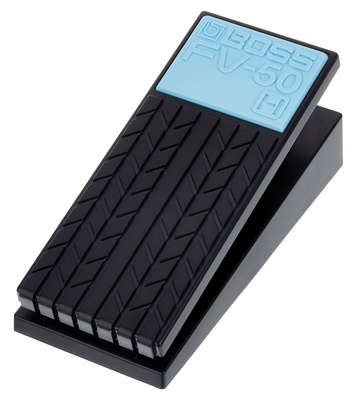

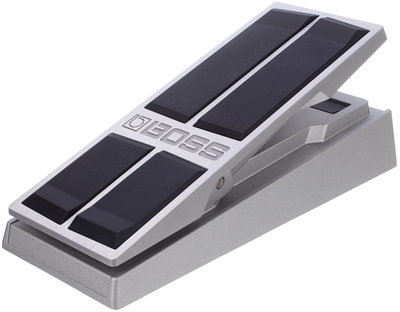
Guitar Pedal Order: Where to put the Tuner
Needless to say, the best position for the tuner is at the very beginning of the signal chain. This ensures that it receives the cleanest possible signal from the guitar and doesn’t display incorrect results due to other effects.
The catch is that some tuner pedals absorb quite a bit of level even when switched off, which is why it often isn’t a good idea to have the signal passing through the tuner at all times. For the best possible results, you can use an AB switch to split the signal directly after the guitar and then send it to either the tuner or your effects and amp. However, the signal now passes through the AB switch constantly, which is why it’s important to use a high-quality switch with minimal sound degradation – anything else wouldn’t make sense.

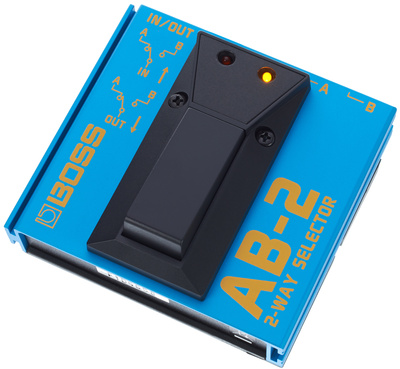
If you have a volume pedal (see above), there might be another option. Many volume pedals offer a parallel tuner output that remains active even when the volume is turned all the way down. Besides giving you the option to tune silently, this keeps the tuner out of the direct signal path. However, you should make sure that no upstream pedals are activated that could interfere with pitch detection.
Guitar Pedal Order: Exceptions and Special Cases
If you arrange your pedals according to these guidelines, nothing should go wrong. But there are of course a few exceptions and special cases.
Wah after fuzz
Wah pedals are most commonly placed near the beginning of the chain. But unfortunately, this doesn’t work properly in combination with certain fuzz effects. The worst-case scenario is that not much will be left of your wah effect if you run it through a fuzz. Certain other combinations of these types of pedals can produce strong oscillating tones, which are even more annoying.
The reason why fuzz and wah pedals aren’t best friends is that their output and input impedances are too different. Jimi Hendrix supposedly used extremely long cables between his wah and fuzz to counteract the problem. But there are also photos where he connected the wah after the fuzz. If you really want to put the wah upstream of the fuzz, you can put a buffer amp between the two to avoid any potential problems. But again, there’s no guarantee. Some fuzz pedals don’t play nice at all and always want to be first in line. In any case, you should experiment with these configurations – don’t just assume that either your wah or fuzz pedal is broken!

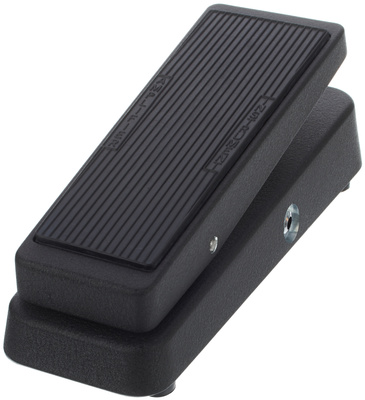

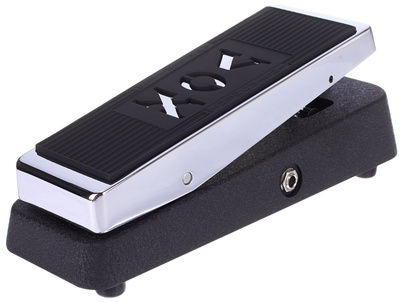

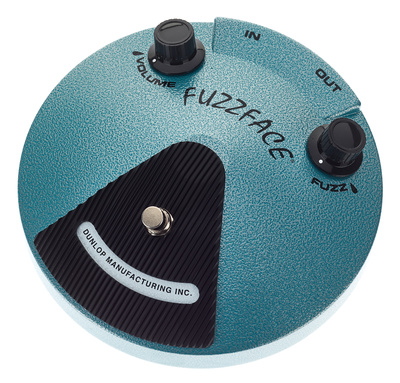

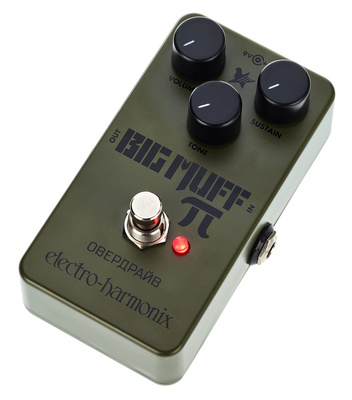

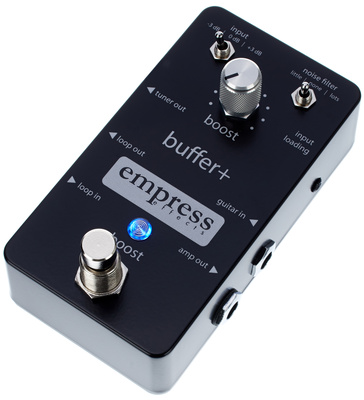

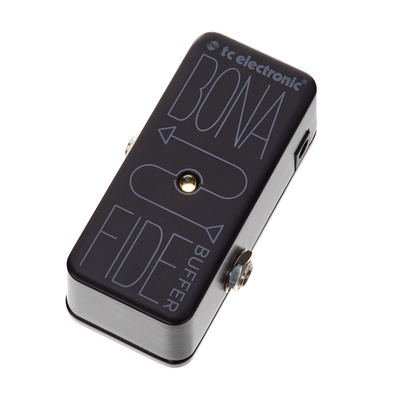
Delay before preamp/overdrive
In the 50s and 60s, there were no amps with effect loops. If you wanted to use a delay for that authentic slapback echo, you had to put it in front of the amp. Furthermore, the amps at that time weren’t blessed with high distortion levels, so this kind of setup resulted in a rather dirty sound, especially because the level boost of certain delays caused the amps to distort. This means that you can absolutely position the delay or even the reverb before the distortion for authentic rockabilly sounds, as long as you go easy on the gain.

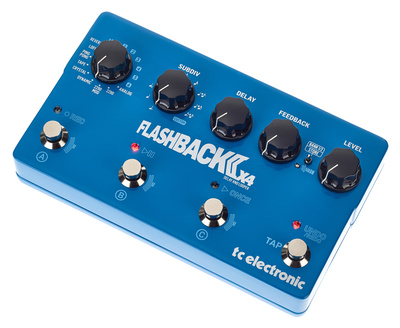

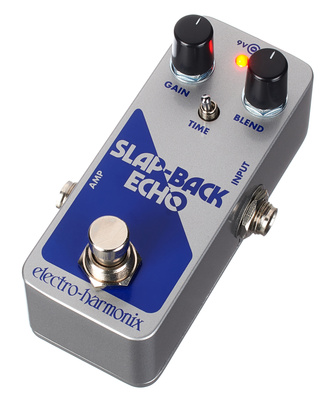
Phaser or flanger before preamp/overdrive
Some phaser or flanger pedals tend to raise the level due to their modulation behavior. Positioning these effects before the preamp or the overdrive/distortion pedal can create an interesting flavor of distortion. Again, just experiment with various guitar pedal orders and find out what works best for you.

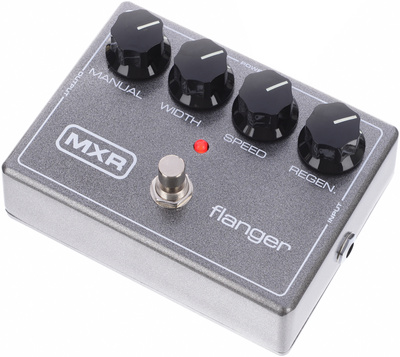

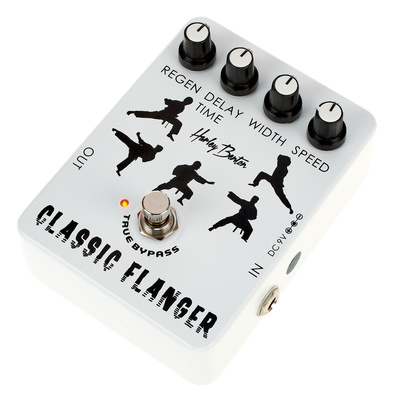

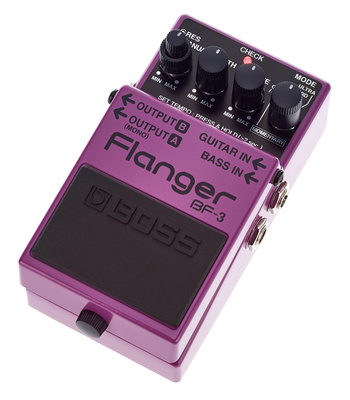
More about Guitar Effects Pedals
This post was originally published in German on bonedo.de.
* This post contains affiliate links and/or widgets. When you buy a product via our affiliate partner, we receive a small commission that helps support what we do. Don’t worry, you pay the same price. Thanks for your support!
3 responses to “Best Guitar Pedal Order: How to set up your Effects Chain”

 4,4 / 5,0 |
4,4 / 5,0 | 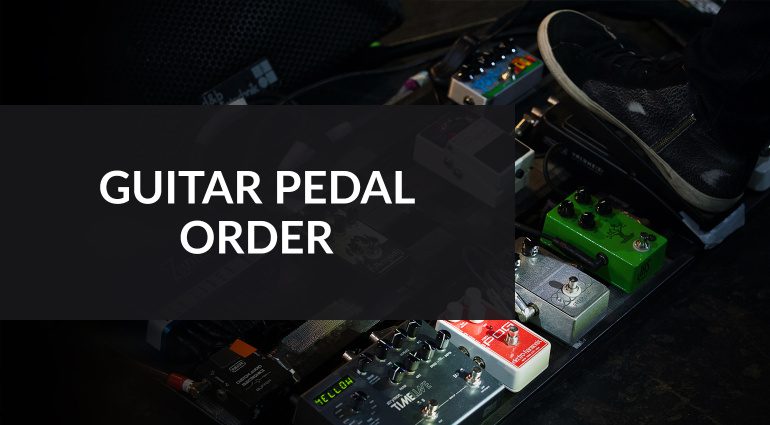


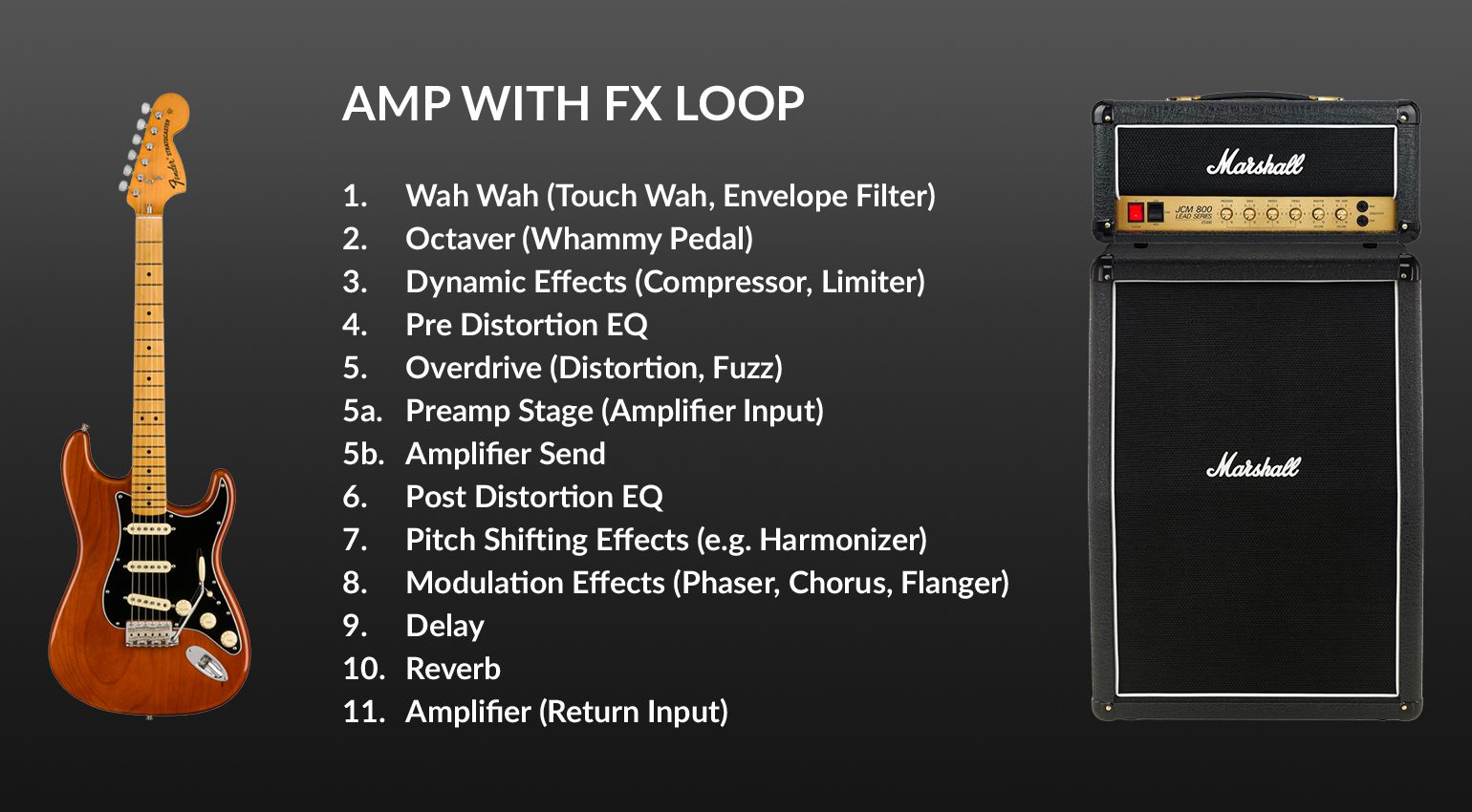
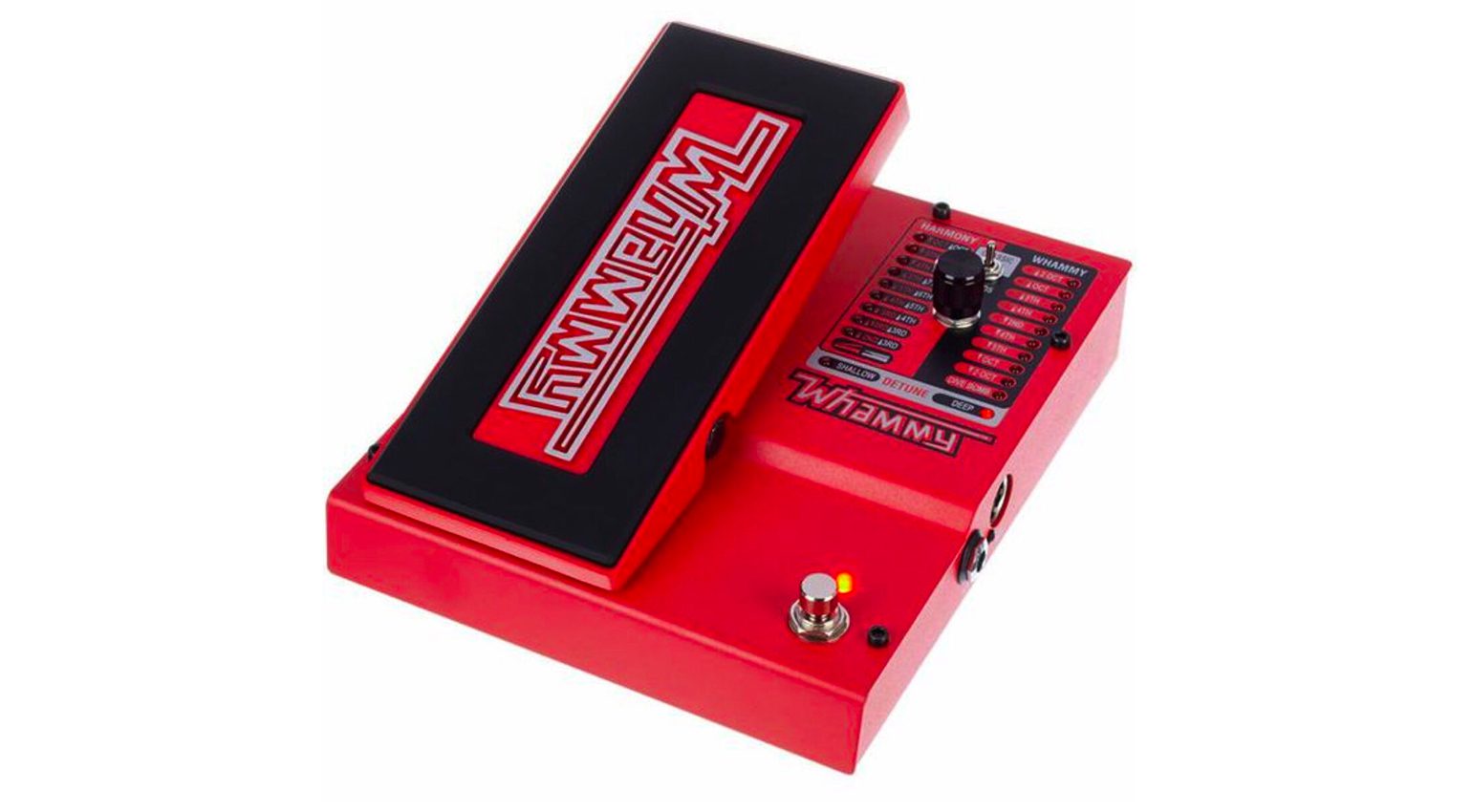


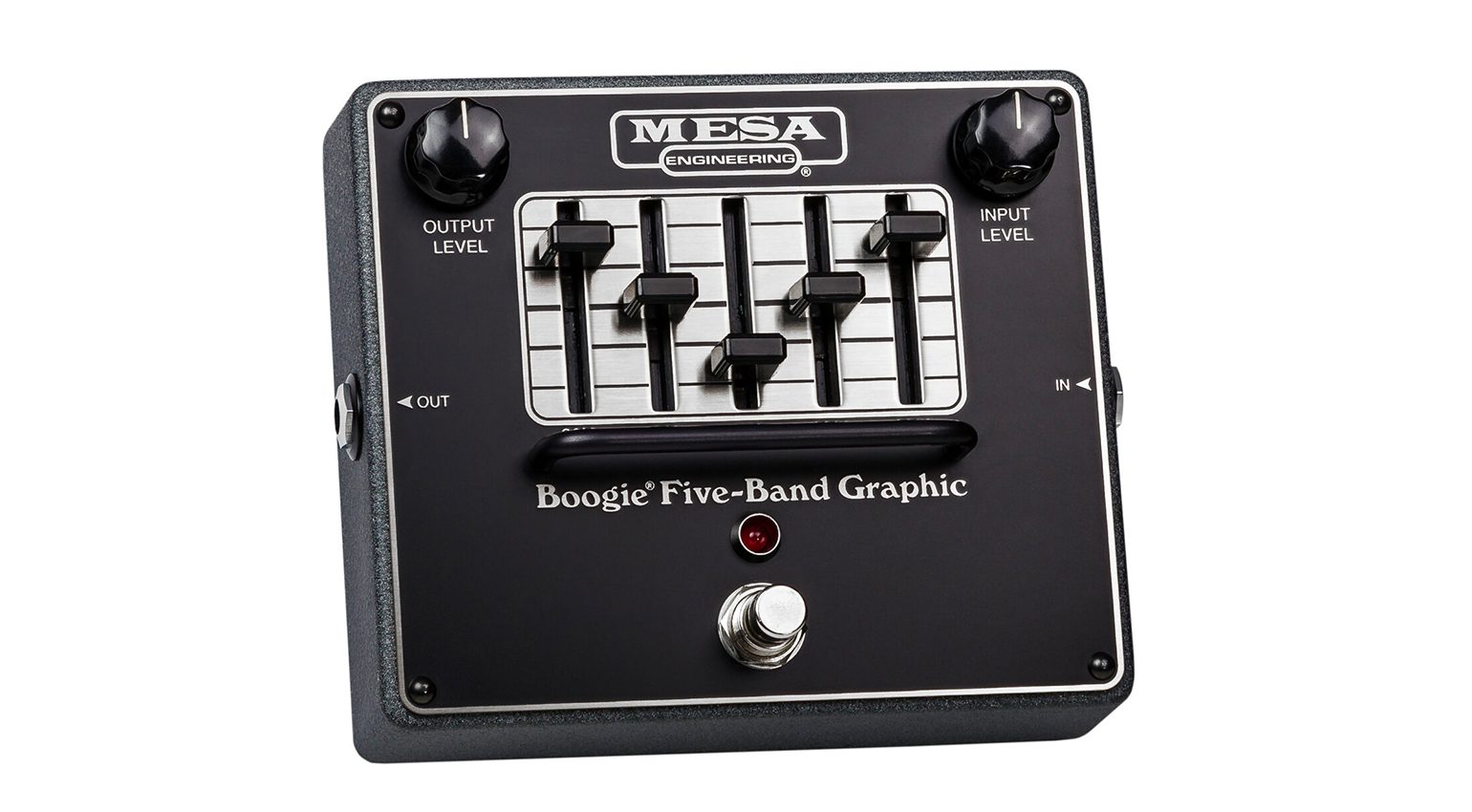



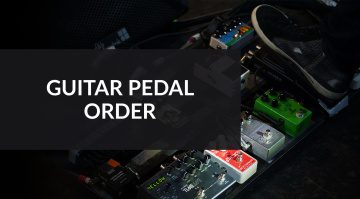

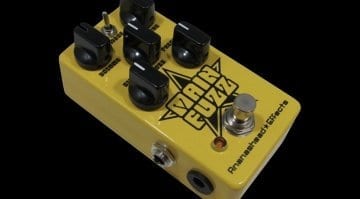



What a great article! Thanks, this is really helpful
Thank you for a very informative article – just one question: what about boost pedals? I have mine before the distortion / overdrive block after wah wah.
this information is great. I love it.